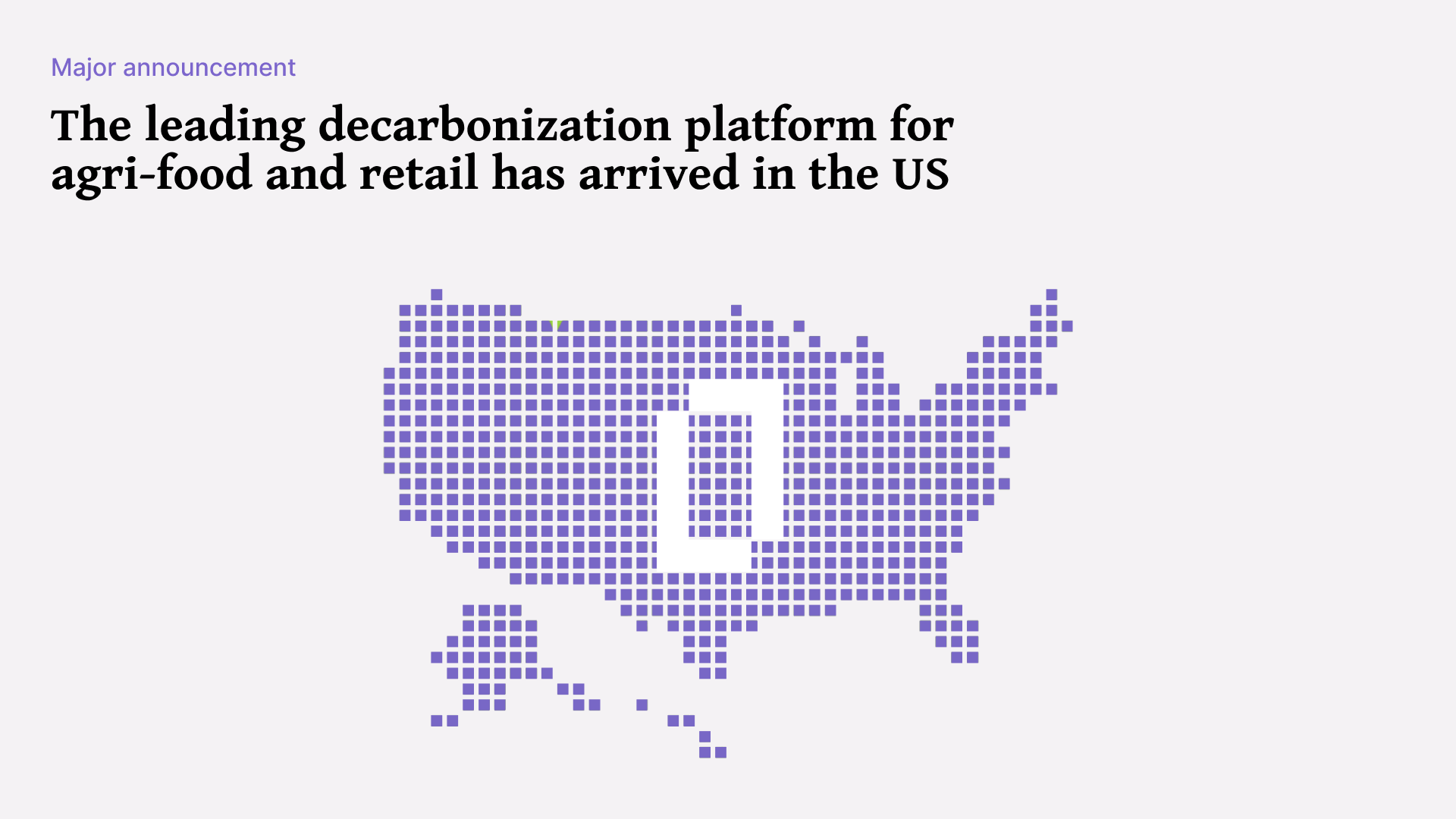“People can talk a lot about transition finance, but you can't really have good effective transition finance without credible transition plans,” said Dr. Ben Caldecott, Co-Head of the Secretariat for the high-level Transition Plan Taskforce, founding director and head of the UK Climate Taskforce. In the latest episode of Climate Café, Terrascope’s Head of Sustainability, Lia Nicholson, engaged in a compelling dialogue with Dr. Caldecott. Together, they unpack the intricacies of transition plans, the evolving landscape of ESG considerations, and the myriad challenges of corporate decarbonisation. Here are key takeaways from their conversation.
Transition plans as a credible framework
Dr. Caldecott and Lia discussed the critical role of transition plans in ensuring the credibility of organisations' decarbonisation commitments. While many companies worldwide have set net zero targets and commitments, doubts lingered about the veracity of their decarbonisation efforts. They highlighted the challenge posed by stranded assets in transition strategies – due to the heavy amount of divestment involved for financial institutions – emphasising the need for flexible plans that enable companies to realistically achieve climate goals.
Dr. Caldecott and Lia agreed that mandatory disclosure frameworks and regulations all over the world have set the standards for what constitutes a good transition plan across different sectors and regions. In the UK specifically, new regulatory requirements have been introduced for businesses to produce and disclose transition plans on a comply or explain basis. There is also sector-specific guidance, and other materials to help prepare enterprises for credible and achievable transition plans. These regulations are not just limited to the UK, but have extended into regulations in countries like Singapore, Japan and Australia.
Identifying regions actively engaged in carbon taxation is of paramount importance for companies. By paying attention to countries with carbon tax, companies can tailor strategies towards minimising or mitigating their unavoidable emissions as a baseline. Fostering a more effective global response to climate change involves attentivity to a company’s own materiality, and environmental impact.
What does a credible transition plan look like?
Dr. Caldecott emphasised that a robust transition plan begins with clearly defining its ambition level. This entails aligning with the objectives outlined in the Paris Agreement, nationally determined contributions (NDCs), and relevant jurisdictions.
Secondly, credible transition plans involve quantifiable metrics that guide wider climate strategy and ensure seamless implementation. Establishing a chain of accountability is vital, and companies must pay close attention to building the right kind of organisational culture, from analysing incentives to remuneration policies.
A third sign of a strong transition plan, Dr. Caldecott suggested, is one which looks outward, and is backed by clear, tangible actions. Companies and financial institutions that only look inward may only address acute issues, not the structural problems that hamstring long-term emissions reduction. This often takes the form of reactionary divestment, which solves nothing, but passes the buck. While investing in longer-term solutions may require more upfront capital, it will result in more cost-savings and environmental benefits in the long run.
Sharpening “carrots” and “sticks” for compliance
Failure to prepare transition plans could leave companies vulnerable to lawsuits, highlighting the importance of proactive compliance. Transition plans, often recommended by legal experts, serve as proactive measures to manage potential litigation risks in the future. In navigating the complexities of climate regulations, both speakers noted that corporations have increasingly turned to legal strategies to mitigate risks.
Transition finance has encouraged businesses to invest in measures that reduce environmental impact and associated risks due to its improved terms and affordability. However, significant gaps persist between theory and practice. To be effective, transition finance must incentivise companies by lowering the cost of capital while also ensuring better risk-adjusted returns for investors.
As companies navigate this evolving landscape, leveraging legal expertise and financial incentives becomes essential in sharpening both "carrots" and "sticks" for compliance.
How do you encourage organisational buy-in for the net zero transition?
Sustainable transformation is incredibly difficult, regardless of one’s status in government, academia, or the private sector. But Dr. Caldecott stressed the importance of taking the first step – creating a transition plan, refining it, and backing ambitions up with tangible and specific actions in the short, medium, and long term.
The next steps are to deploy effective accountability mechanisms with continuity in the longer-term. The ultimate goal is to establish systems, cultures, and mechanisms capable of exerting influence across organisational contexts for decades to come – and it all starts with systematic planning.
After all, if we do not begin planning now for a net zero future, then when will we?



